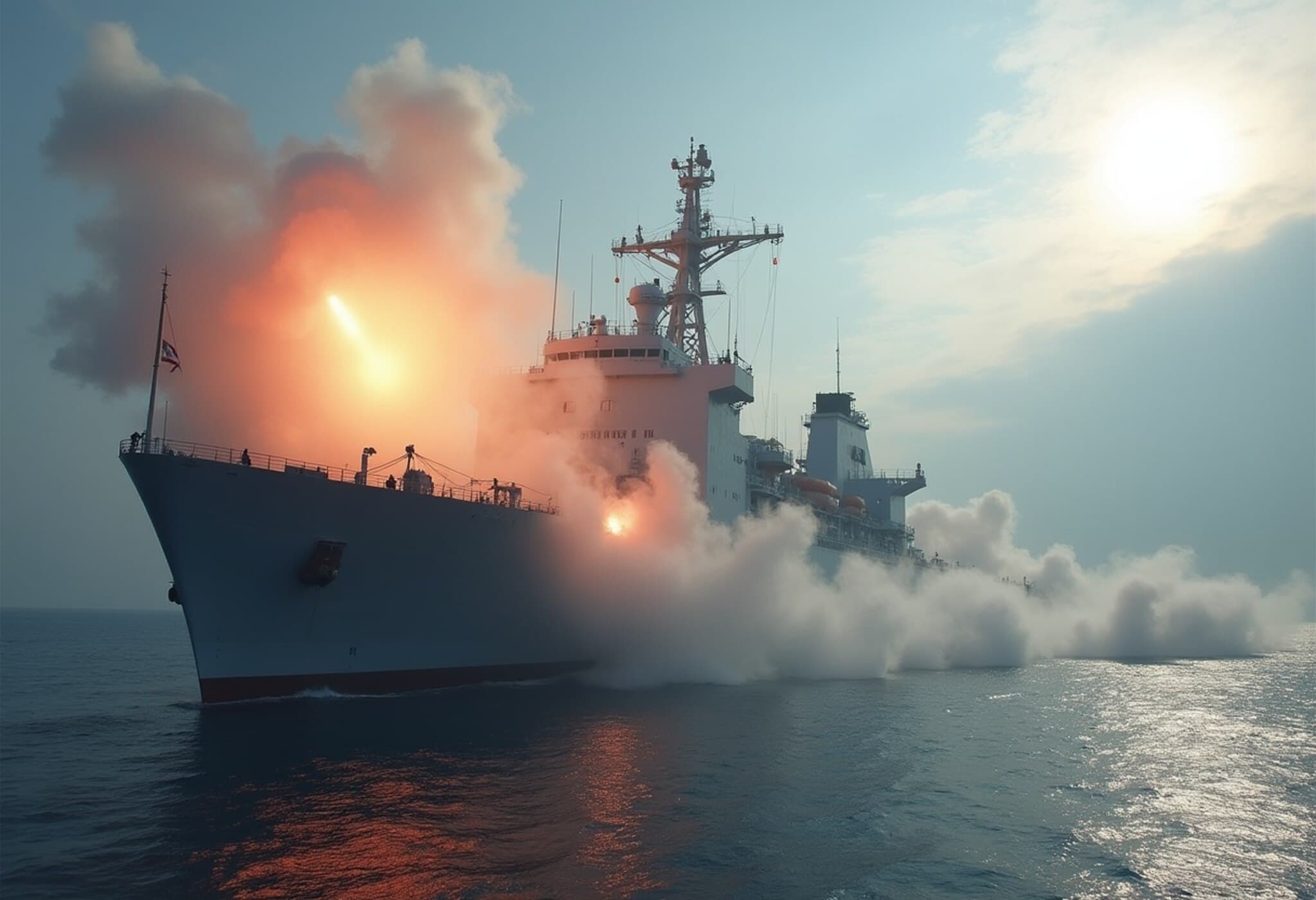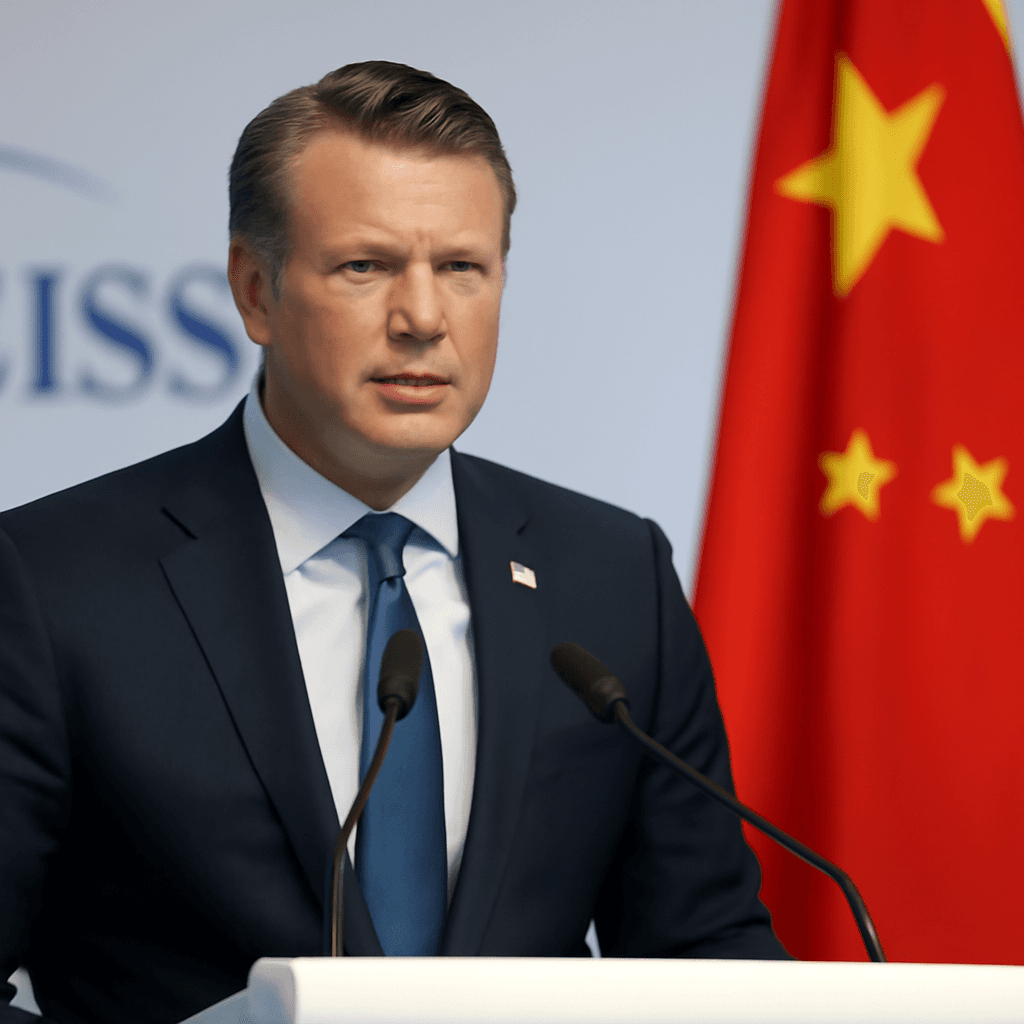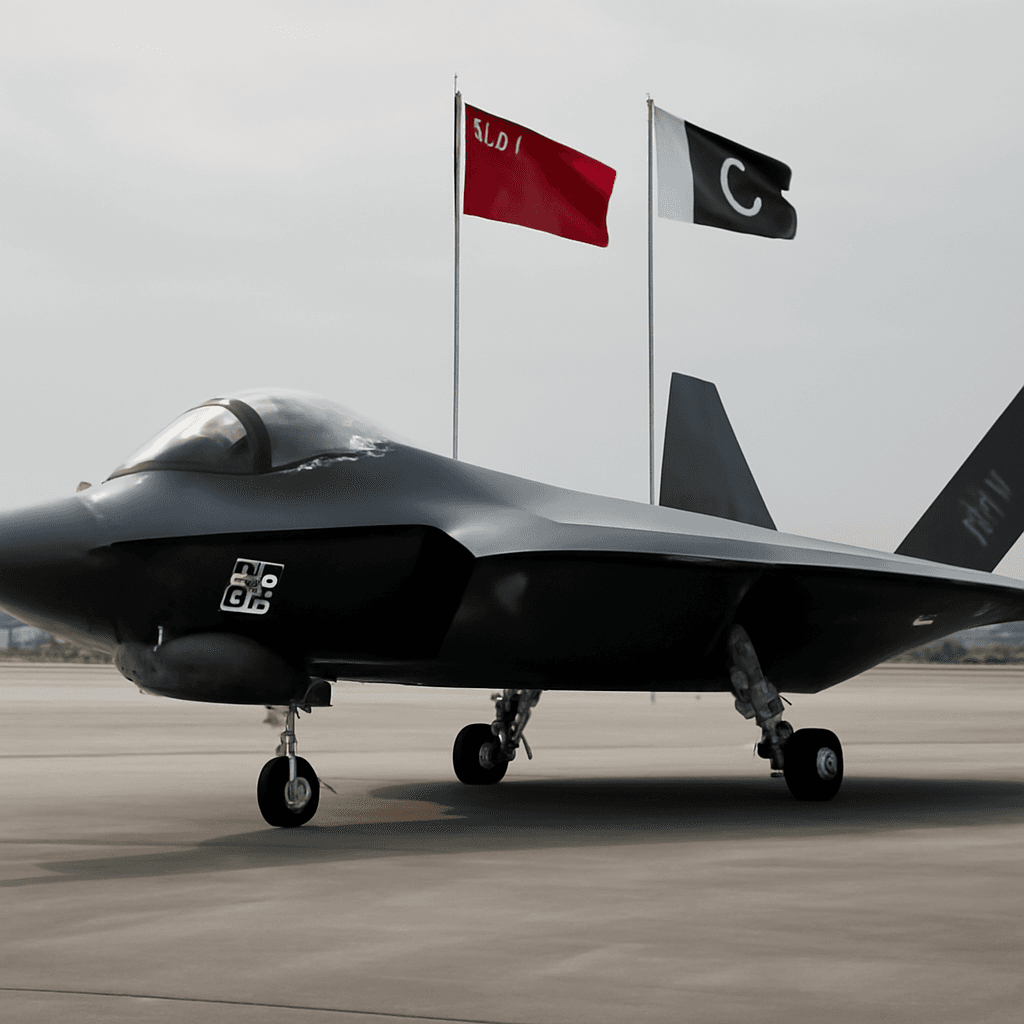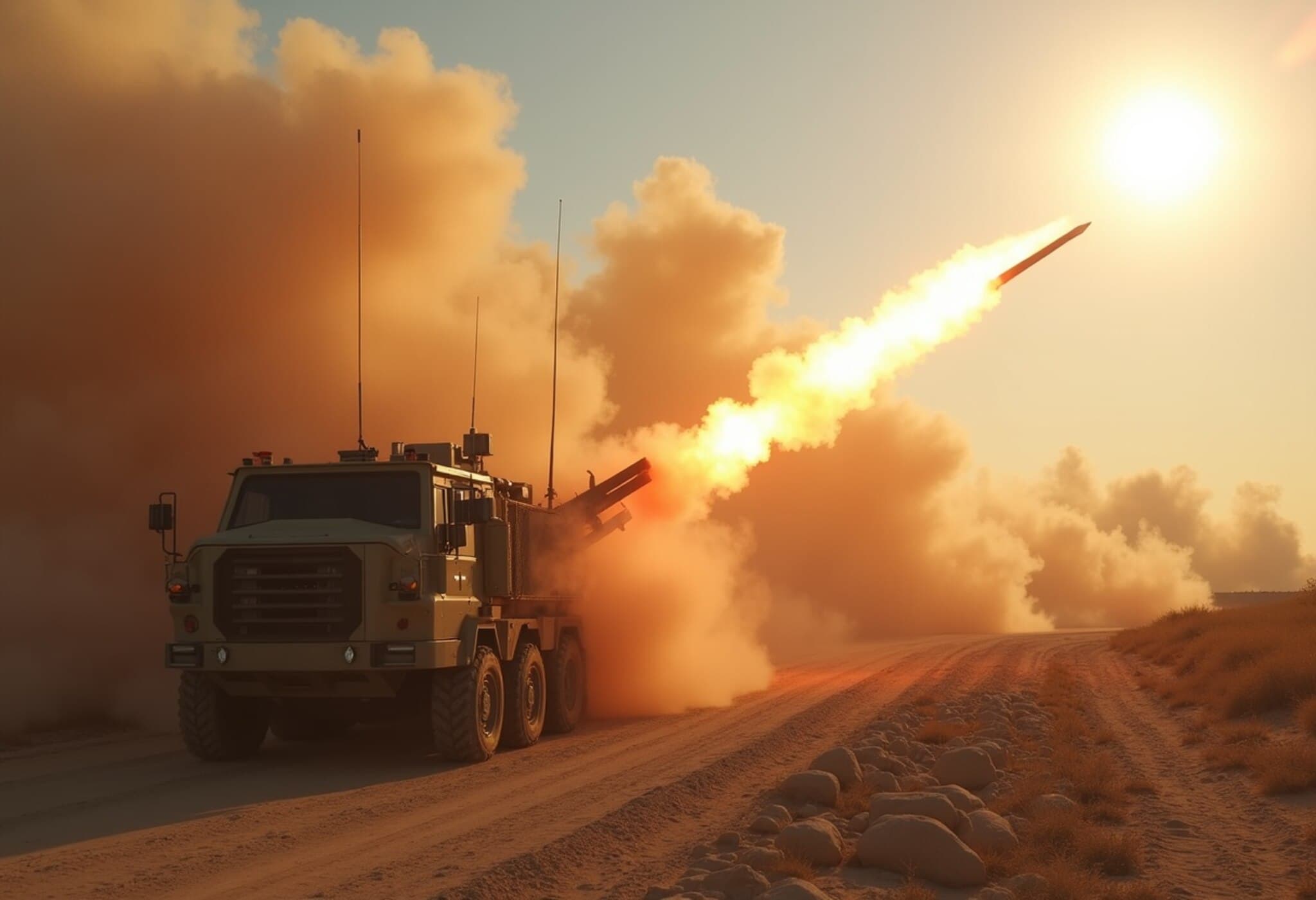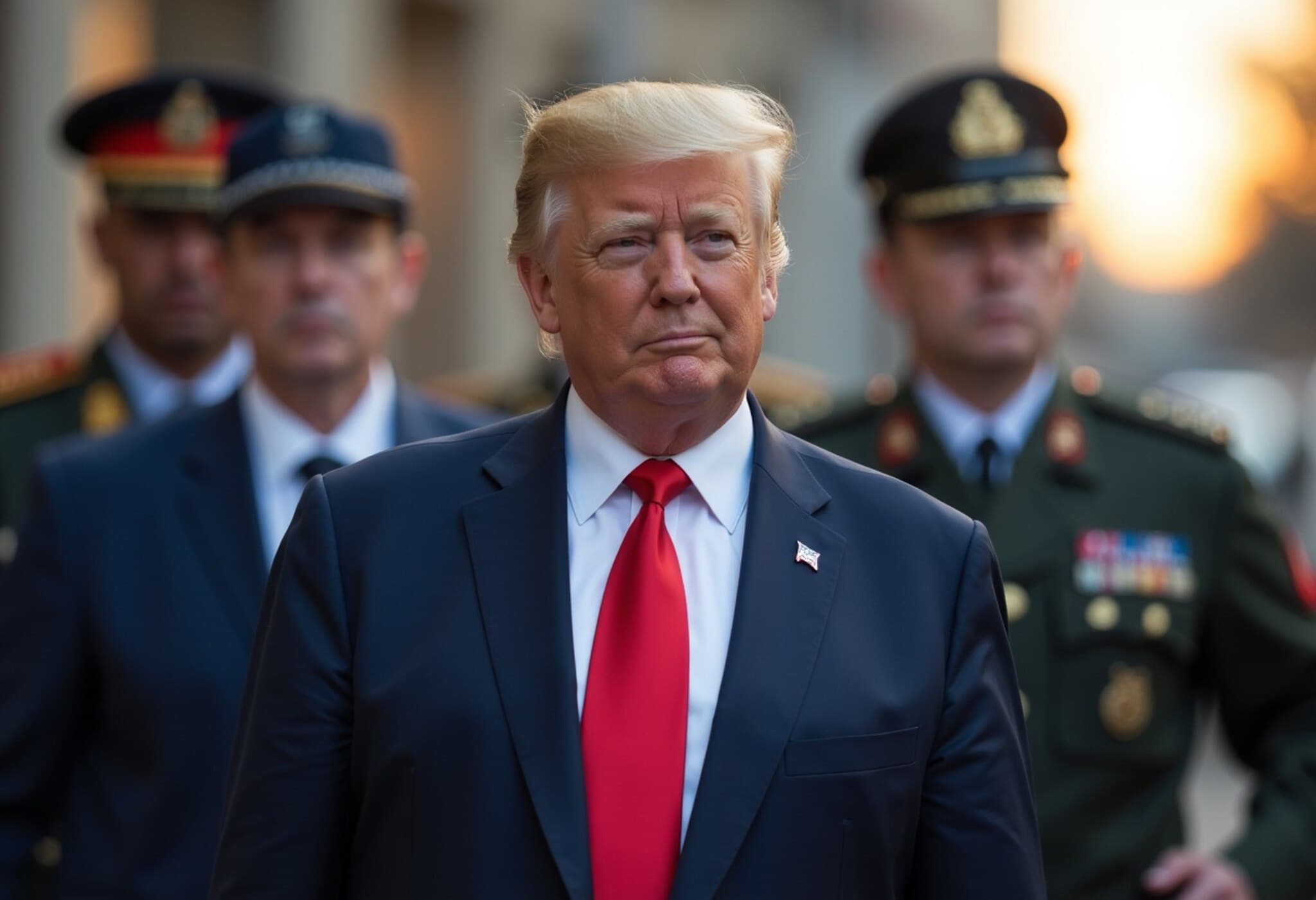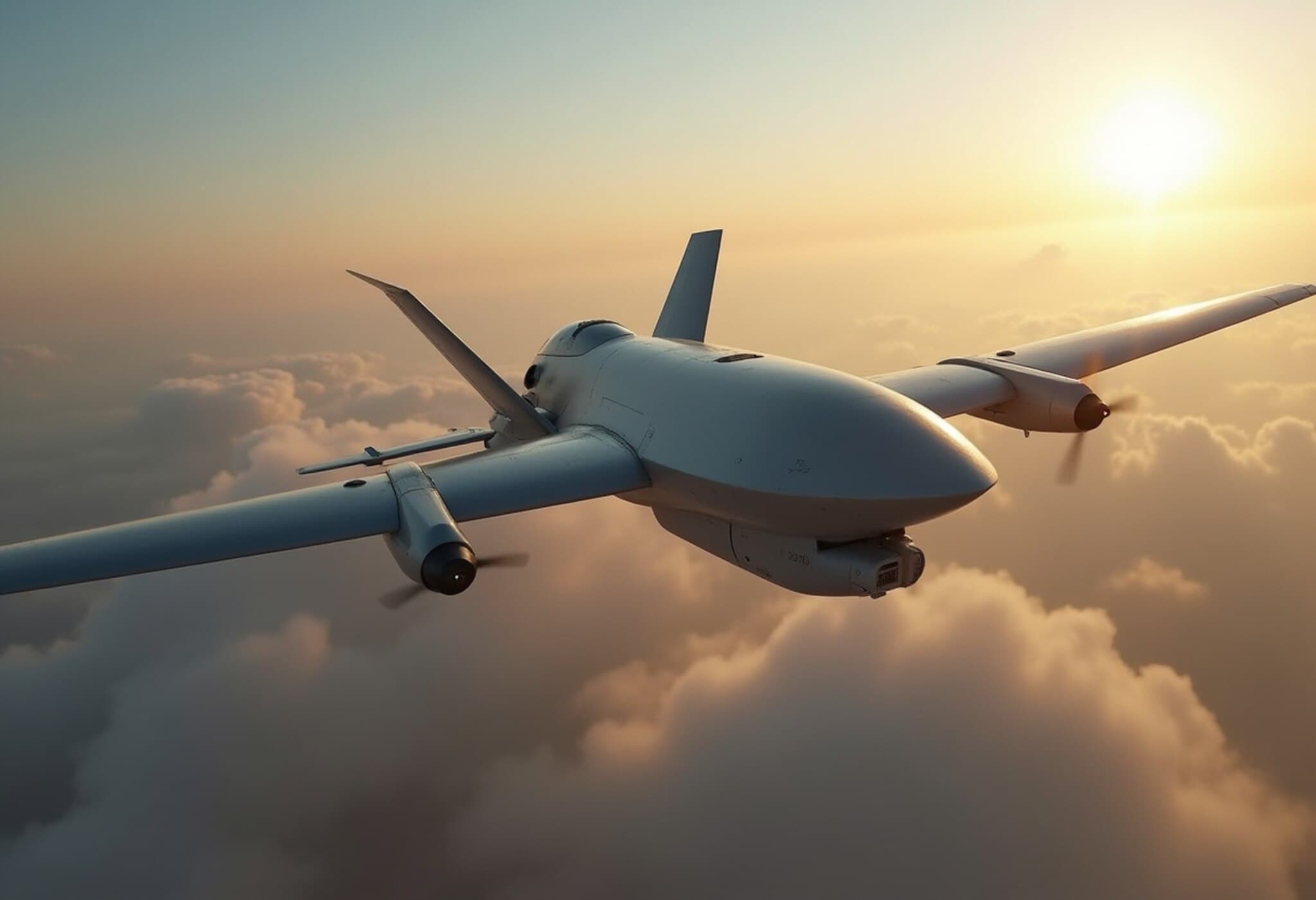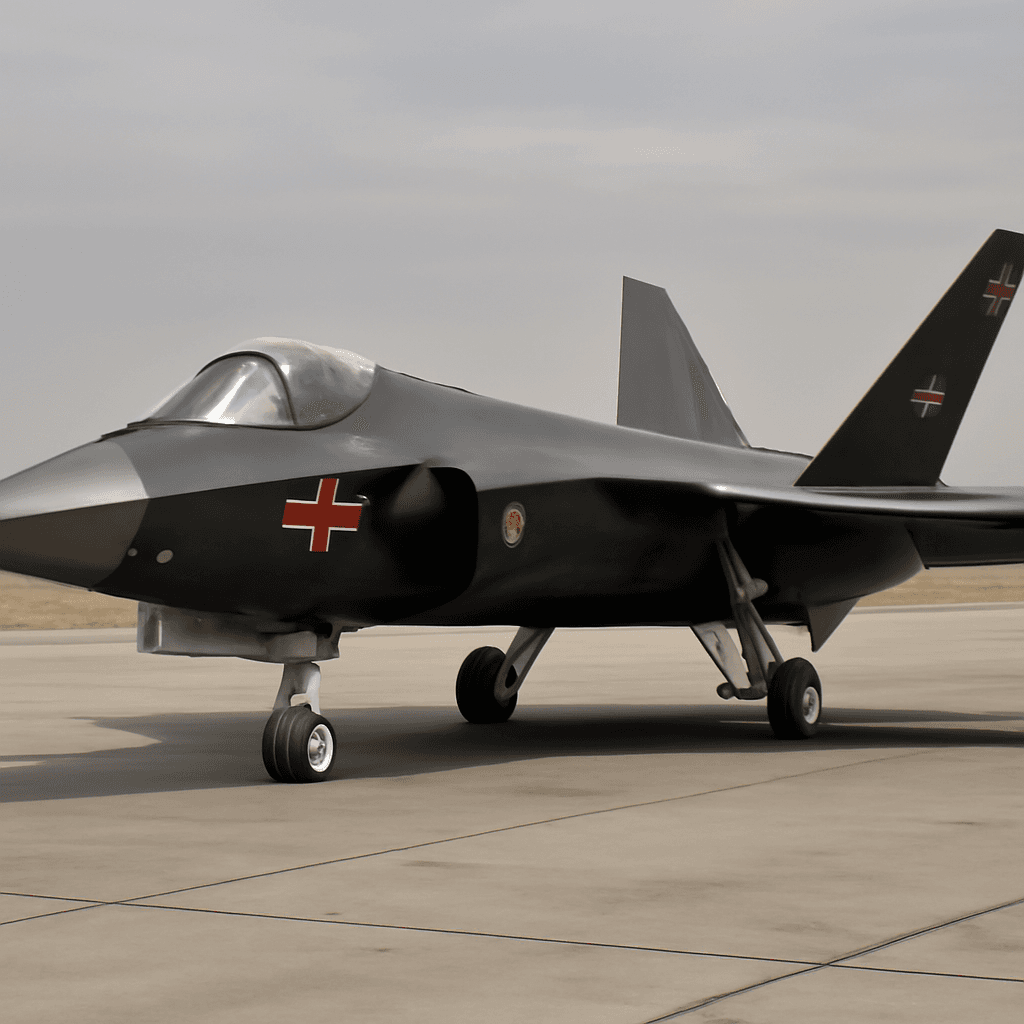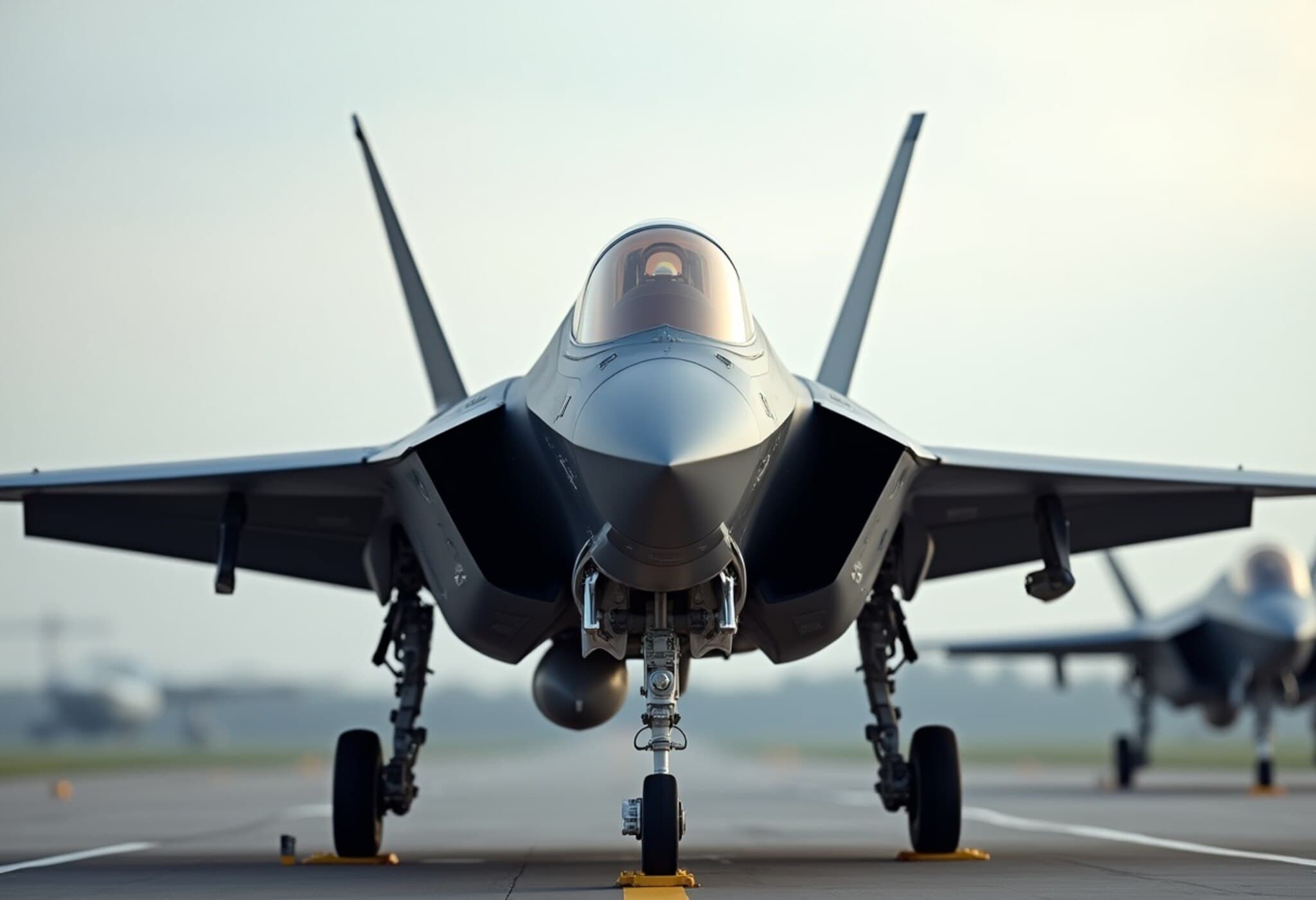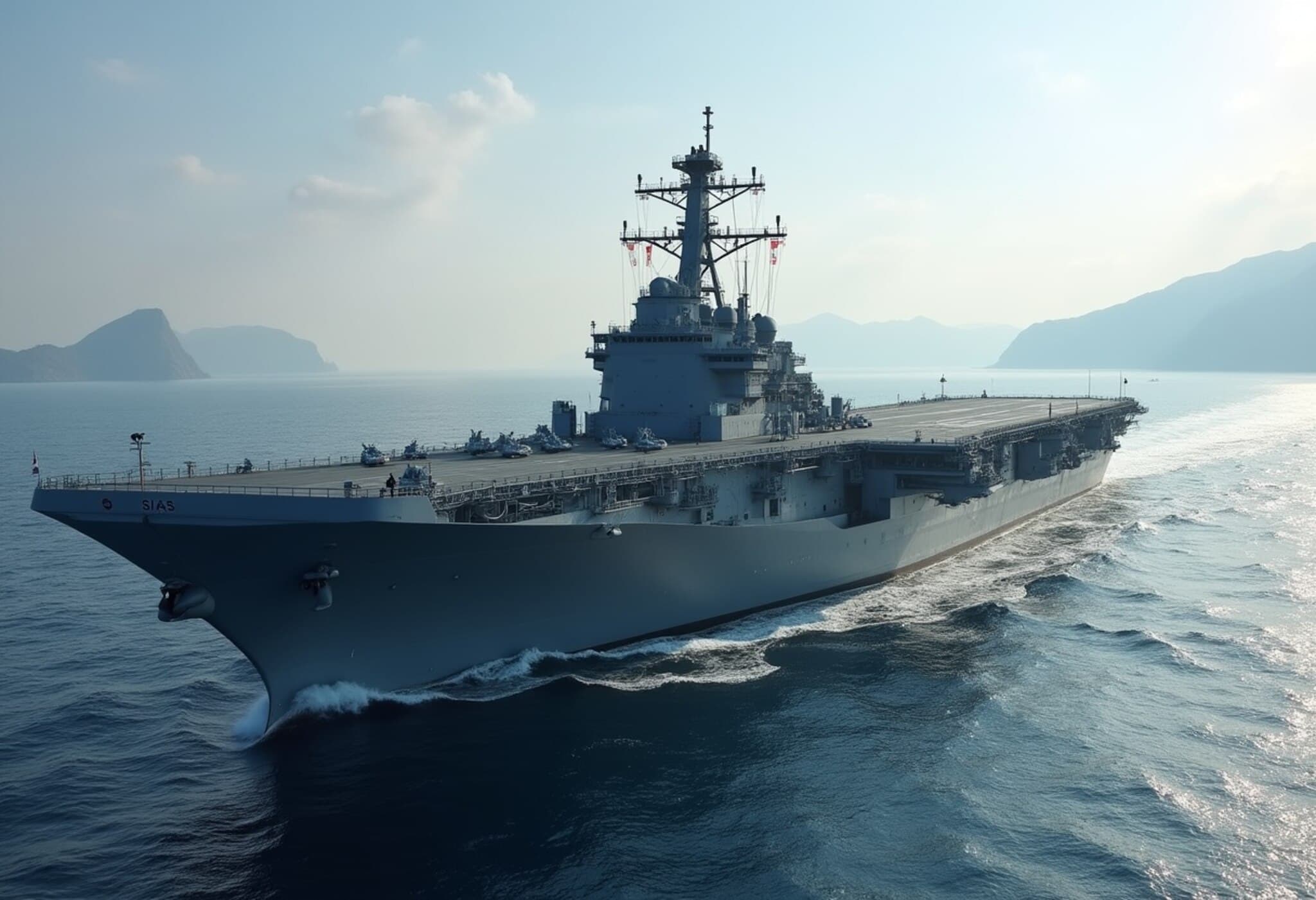Japan Executes First Domestic Surface-to-Ship Missile Test
Japan marked a significant milestone by successfully firing its inaugural surface-to-ship missile test within national borders on Tuesday. This launch, involving the Type-88 missile, took place at a training ground in Hokkaido, targeting the Pacific Ocean.
Strengthening Defense Capabilities Amid Regional Tensions
This maneuver reflects Japan's broader efforts to bolster its defense amid a challenging security landscape in the Indo-Pacific region. The missile test is part of a comprehensive strategy aimed at enhancing military readiness to meet emerging threats, particularly concerns related to China's expanding military activities.
Why Domestic Testing Matters
Previously, Japan conducted such missile drills exclusively at U.S. military bases, which limited personnel participation and incurred high costs due to the yen's weaker exchange rate. Hosting tests on home soil not only broadens training opportunities for troops but also yields significant cost efficiencies.
Government spokesman Yoshimasa Hayashi emphasized, "Conducting domestic live-fire exercises allows us to improve our capabilities to defend islands and other areas amid the severe security environment." He clarified that the tests are not directed at any specific country.
Boosting Defense Spending and Alliances
Japan is currently on a multi-year trajectory to elevate its defense budget to approximately two percent of its gross domestic product, aligning with NATO standards. This increased investment aims to enhance the country’s military responsiveness and operational flexibility.
Simultaneously, Tokyo is deepening cooperation with the United States, striving to better coordinate and mobilize forces against regional challenges, including potential threats like a Chinese move against Taiwan.
Contextualizing Japan’s Strategic Moves
- Type-88 missile: A key asset in Japan’s coastal defense portfolio.
- Hokkaido training ground: Chosen location for the domestic missile launch.
- Multi-year defense boost: Increasing budget toward 2% of GDP.
- Security environment: Heightened concerns over Chinese military advancements.
- U.S.-Japan alliance: Focus on joint readiness and rapid response.
This shift toward extensive domestic training and expanded defense resources marks a strategic evolution in Japan’s defense policy, positioning the country for greater self-reliance and regional security leadership.

